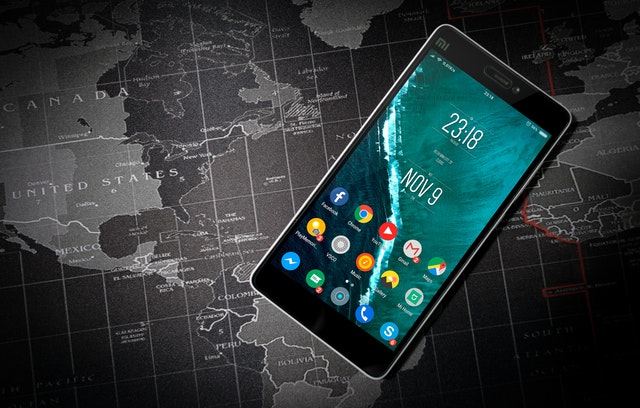According to a market survey report tabled by the International Data Corporation (IDC) on March 12, 2018. The smartphone market in Africa experienced a quarter-on-quarter (QoQ) decline of 6.4%.
IDC is an internationally renowned technology research and consulting firm. Its Quarterly Mobile Phone Tracker, which can be said to be authoritative, shows that smartphone shipments to Africa were down to 20.3 million units for the Q1.
Taking a look at it from a Year-on-Year (YoY) perspective, smartphone shipments to Africa experienced an 18% drop. It is important to note that from a YoY point of view, data from the Q4 of 2017 does not extend into the quarter in this review. Q4 traditionally experience a lot of activities thanks to the Christmas and end of year shopping.
IDC report further breaks down the analysis into smartphone and feature phones. Under the feature phones category, the shipment totaled 33.4 million units, representing a 3.1% QoQ increase; feature phone shipment was down in the previous quarter. YoY on feature phone was also up by 9.9%.
Feature phones continue to be the most popular type of phone shipments to Africa. That is because they better meet the needs of the majority; most of whom cannot afford the costly smartphones and the continuous mobile data subscriptions to get online services. Feature phones also come with long battery life; something vital to African living in rural areas with no grid power supply.
Taking a look at smartphones and feature phones jointly, Africa mobile phone market show a total shipment of 53.7 million units in Q4 of 2017. That represents a 0.7% QoQ and 2.6% YoY decline.
However, the biggest markets in Africa – Nigeria and South Africa – registered strong growth with 19.9% and 27% QoQ growth respectively. There was also a slight increase in shipments to the North Africa markets. Other than these markets, there was an overall decline in demand across the continent.
Ramazan Yavuz, a research manager at IDC, said: “Major campaigns took place around Black Friday and during the lead up to Christmas, which positively impacted consumer spending in Nigeria and South Africa. While Nigeria continues to recover from recession and consumer spending is on the rise, there are also clear signs of improvement in South Africa. The end to the political crisis means that challenging economic conditions will be addresses as a priority by the new government, which will have a positive effect on consumer confidence and spending on mobile phones.”
Africa smartphones landscape in terms of brand popularity
When you look at OEMs popularity, Transsion brands continue to dominate the market as per the Q4 of 2017 commanding a joint 30.4% of the market. They are then followed closely by Samsung, which commands 27.0% of the market. Under the feature phones category, Tecno and iTel, both of which are Transsion brands, are the most dominant with a combined market share of 57.2%.
“The Transsion Group maintains its top position by designing attractively priced devices that address the specific needs of each local market – a strategy the group proudly refers to as its ‘glocal’ approach,” said Nabila Popal, a senior research manager at IDC.
“Despite the significant presence of Transsion brands in most African markets, it is important to note the increasing prevalence of local brands that are gaining considerable share in their home markets and slowly expanding to surrounding countries.”
4G LTE and Advanced mobile connectivity
For the first time, 4G enabled devices are shipping more to Africa under the smartphones category, accounting for 56.8%. The shipment of 4G devices rose by 3.9% QoQ in Q4 2017. During the same period, entry-level 4G phones prices also went down. Telecoms across the continent are also rolling out the 4G mobile network in their respective geographical coverage.
“Despite the push of operators towards 4G, the price differential between 3G and 4G devices together with price sensitivity of African consumers means that many people in Africa still prefer 3G phones,” said Popal.
Future projections
IDC foresees a 0.7% QoQ overall mobile phone growth in the Q1 2018. Also, there will be an overall YoY growth of 2% for the entire year. Though demand for feature phones is expected to remain high, but vendors are also expected to price and market their smartphone brands aggressively. Something that will drive up the purchase of smartphones across the continent.



